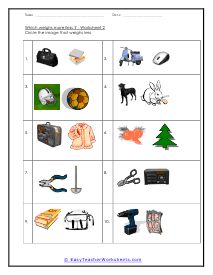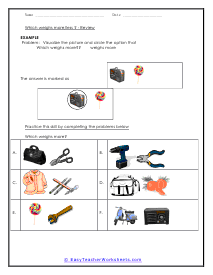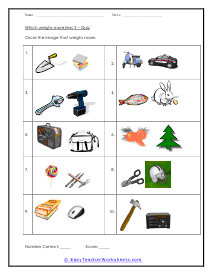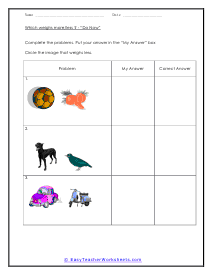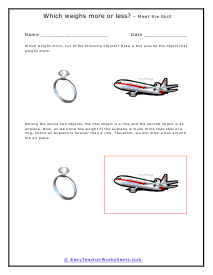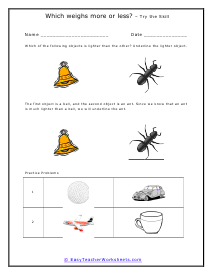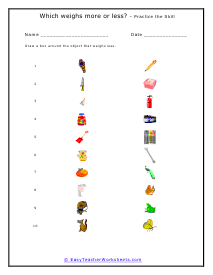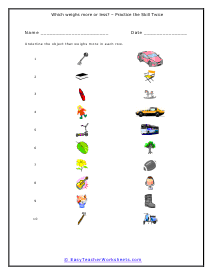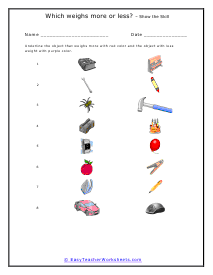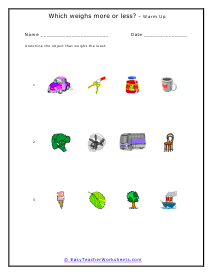How Do You Teach Students to Compare Weight? Just like one human is different from the other, every object has many characteristics. And just like humans are differentiated from one another, these characteristics differentiate one object from the other. while one object may be blue, the other might be pink. Some objects are short, while others are tall. Some objects are thick, while others might be thin. However, there is one characteristic that highly differentiates one object from the other, and that is the weight of the objects. It might look like there is no possible way to understand whether the object we are looking at is light or heavy, but that is just a myth. And you can easily make out whether the object is heavy or light by just looking at it. But before we figure that out, the first question that pops is, do you know what weight is? No problem! Let us help! The property of an object by which it is measured whether the object is either heavy to lift or light is known as weight. For example, you are at a grocery store where you see two groups of apples. One group has more apples, while the other has a considerably less amount. The group that has more apples will weigh more than the group that has fewer apples, the reason being that the more there are, the more the weight will be. However, that is not always the case; sometimes, a group of more can weigh less than a single object. For example, if there are many feathers grouped together, it will still weight less than a metallic ball.
Understanding and being able to detect relative weight with your own eyes is often easy. Once the concept of density comes into to play, that thought changes. Density is a sneaky little bugger that keeps you guessing. Students will be given a series of images and asked to compare their weights and determine the heavier or lighter object. Your students will use these worksheets to learn how to estimate relative weight by comparing simple pictures of common things. Instructors please note that pictures are not shown in their relative sizes.




